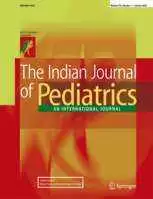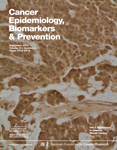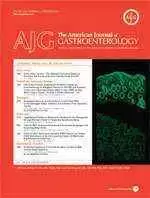Celiac.com 03/15/2010 - A team of researchers recently set out to investigate mucosal expression of claudins 2, 3 and 4 in the proximal and distal parts of duodenum in children with celiac disease. The team included Dorottya Nagy Szakál, Hajnalka GyÅ‘rffy, András Arató, Áron Cseh, Kriszta Molnár, Mária Papp, Antal DezsÅ‘fi, and Gábor Veres. They are variously associated with the Department of Pediatrics, and the Department of Pathology at Semmelweis University in Budapest, Hungary, and the Department of Medicine at the University of Debrecen in Debrecen, Hungary.
Duodenal biopsy is an important tool for properly diagnosing celiac disease. However, the issue of finding the best site for taking biopsy samples that will give the best results for diagnosing celiac disease is still not fully resolved.
Celiac.com Sponsor (A12):
Claudins (CLDNs), belong to a large group of related adherent junction proteins, which are known to express characteristic patterns in inflammatory disorders. However, doctors presently know nothing about CLDN expression in people with celiac disease. To address the situation, the team performed a comparative study to examine the CLDN 2, 3 and 4 expressions in both the proximal and distal parts of duodenum in children with celiac disease and in control subjects.
For the study, they enrolled a total of forty-seven children. Thirty-three had newly diagnosed celiac disease, while fourteen healthy children served as control subjects. The team took biopsies from proximal and distal part of duodenum, and used immunohistochemistry to detect CD3+ intraepithelial lymphocytes and CLDN 2, 3 and 4 protein expressions.
Whether taken from proximal or distal part of duodenum, biopsies revealed no differences under macroscopic imaging, routine histology and Marsh grading.
However, in comparison to controls, patients with severe celiac disease showed significantly higher CLDN 2 expression in bulb and in distal duodenum, while non-severe celiac patients showed higher distal CLDN 2 expression. The data showed similar associations regarding CLDN 3 expression. All groups showed similar expression of CLDN 4.
The data showed that both proximal and distal mucosal duodenal biopsies are suitable for diagnosing villous atrophy in patients with celiac disease.
Finally, the team noted that increased expressions of CLDN 2 and 3 imply structural changes of tight junction in celiac disease, which may play a role in increased permeability and proliferation observed in celiac disease.
Source:
- Open Original Shared Link



.webp.9b05843efc652dc02f0ed05391ce22ea.webp)






Recommended Comments
There are no comments to display.